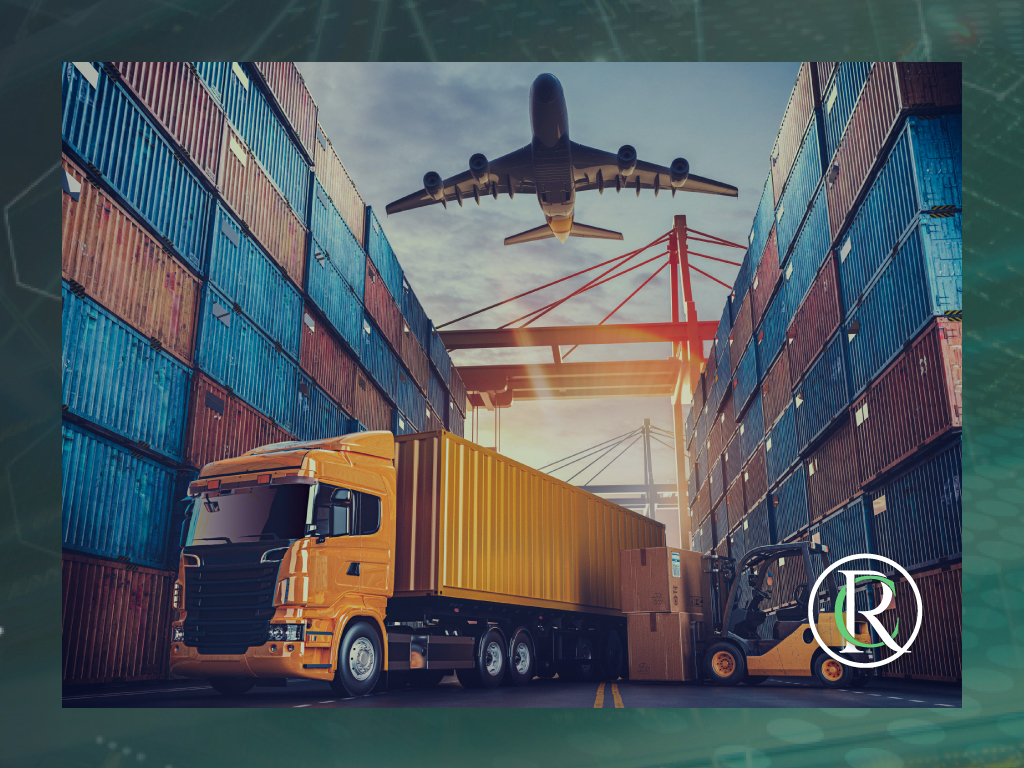The effects resulting from industry 4.0 are on international scale and reach the most varied sectors. Of course, foreign trade is no exception. The momentum it has suffered in recent years is remarkable and unprecedented. Randall Castillo Ortega, a global trade expert, offers insight into innovation and what it means for the industry.
With the advancement of new technologies or the optimization of logistics processes, foreign trade begins to see great innovations. First of all, it is necessary to understand what the current foreign trade situation is. Regardless of the intermittent opening or closing of borders, large agreements such as USMCA determine the viability of our operations.
The three member countries of the USMCA (Mexico, the US and Canada) have had to commit to an inclusive and ethical commercial activity. This implies that Mexico must comply with strict regulations to remain the MAIN trading partner of the United States.
Among the main changes we have seen since the treaty’s entry into force in 2018 involve anti-corruption clauses. Among these, we can find modifications to the salary of logistics personnel and restrictions on access to preferential tariffs.
These circumstances raise scenarios where innovations are mandatory. Company managers must adjust their processes to meet the requirements of the USMCA. At the same time, they must be coupled with the competition derived from e-commerce.
In this sense, we can say that these measures typical of the new era of international expansion are divided into two: innovation in information technologies and innovation in logistics processes.
The Customs Automated System, in particular, achieves the maximum optimization of communication between agencies, agents and customs representatives of the country. This system concentrates and validates all customs operations in real-time.
This translates into benefits to Mexican foreign trade, since, together with the implementation of these digital processes, it also finds an opportunity in artificial intelligence (AI). AI machine learning can help process and analyze data, images, and languages.
Explains Castillo, “To innovate in the logistics processes of foreign trade, it has been necessary, first, to identify the most common areas of opportunity. Well, often, these have to do with poor management of human capital in each case.”
To mention some transcendental issues, we have gaps in the measurement of performance, ignorance of the state of shipments, dependence on customs agencies and lack of digital files.
In order to meet these demands, integrated communication is the fundamental process to incorporate. Keeping all logistics actors connected in a single line of convergence is the first step towards systematic efficiency.
The transgression of conventional processes is not the only thing that is needed to achieve innovation. First, it is necessary to review that our proposals achieve important and relevant benefits to our environment.
For example, an unquestionable way of innovation has to do with the simplification of procedures or the correct logistics management. These different measures for transformation are divided into incremental, radical and transformational innovation.
Incremental innovation has less to do with transformation and more to do with optimization. It involves taking logistical processes that require certain changes or adjustments to reach their full potential. In itself, the process does not change, only some details of its execution.
As the name suggests, radical innovation is geared towards implementing significant changes. “This implies a major modification for current processes that require major updates,” explains Castillo. “A perfect example of radical innovation is blockchain technology, which provides greater security and trust between buyers and suppliers.”
Blockchain is a recent IT system and seeks to reduce foreign trade operations in time and cost. It is anticipated that during the following years, the blockchain will be implemented in the main customs of the country. The main aspects of blockchain incidence are risk management, fault recognition, payment automation and acceleration of tax collection.
Finally, transformational innovation is oriented to the replacement of previous processes with more efficient ones. This change does not imply, of course, a total disregard for the former. On the contrary, part of them is to implement necessary improvements.
An example of this, we have it with 3D printing. Well, although we cannot say that it is a process practiced previously, it does take up basic aspects of traditional printing.
2022 has been a year of transition between the new normal and the apparent end of a global pandemic. However, like any transition, this one has been characterized by political, health and social uncertainty.
In this scenario, innovation is the most valuable tool to combat any stage of change. Particularly, in circumstances where we are limited to certain resources, knowing how to create new options has been fundamental and will continue to be so.
The accelerated changes that society has experienced in the last couple of years are an undeniable trigger for innovation. Technological and logistical development have evolved to meet the demands of a customer trained in a new environment.

